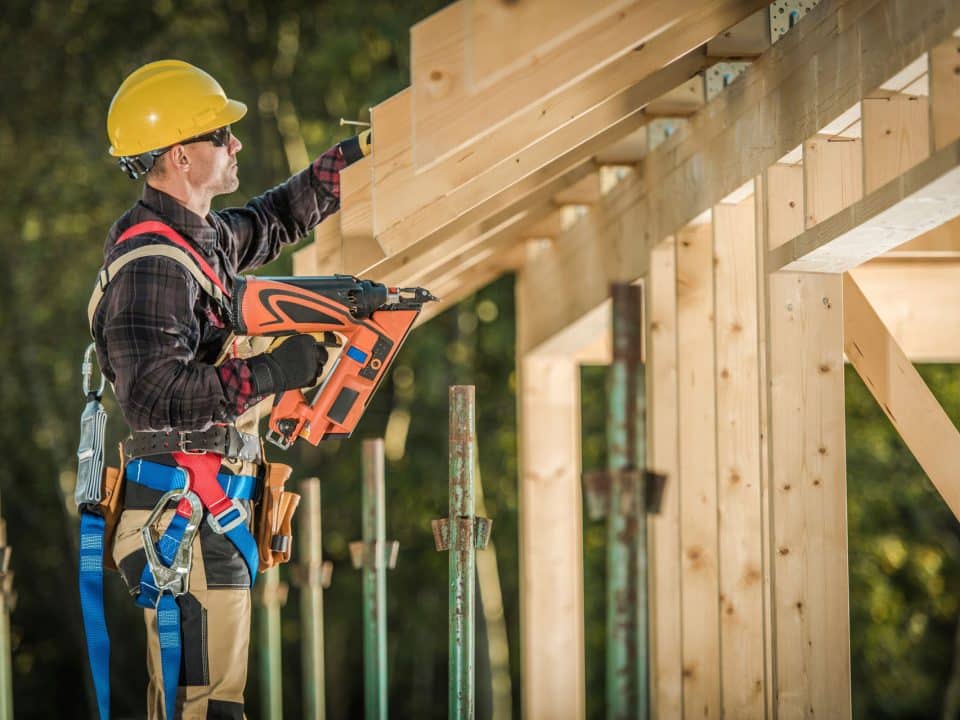Recent Findings: Fall 2024

Price impact of climate risk on commercial real estate.
Offices located near properties damaged by Hurricane Sandy saw a price penalty of 17.2% in the post-Sandy years 2012-2018 compared with similar unaffected ones without damaged properties nearby. The price effect persisted for four years post-Sandy. The price penalty was primarily driven by a decline in building occupancy, which the authors attribute an increase in remote office work.

Homebuyers’ geographic proximity as a predictor of future housing price growth.
At the ZIP-code level, a 10-percentage-point increase in the fraction of local buyers corresponds to a 1.1-percentage-point increase in housing price growth over two years. At the individual level, out-of-town buyers receive a 0.64-percentage-point lower annual return than local buyers. The results highlight the significant information advantages enjoyed by geographically proximate buyers.

Peer sentiment and firm production decisions: evidence from homebuilders.
A one-standard-deviation increase in the National Association of Home Builders index of market perceptions of homebuilders results in an average builder to increase their land inventory by 6.4% (4,937 lots) and building expenses by 5.9% ($34.5 million). The effect is weaker when firms are highly divided in their opinions.

Analyzing the impacts of property age on REITs and the reasons why REITs own older properties.
The average age of the properties owned by REITs was 27.77 years in 2020. REITs holding more older properties exhibit lower operational efficiency, lower firm value and higher firm risk than their counterparts. The authors also find that managers of REITs with more aged properties earn significantly higher compensation.
Sources, listed in order top to bottom.
These are summaries of recent working research papers and papers published in peer-reviewed academic journals. • Real Estate Research Institute, April 2024 • Real Estate Economics, February 2024 • The Journal of Real Estate Finance and Economics, February 2024 • The Journal of Real Estate Finance and Economics, August 2023